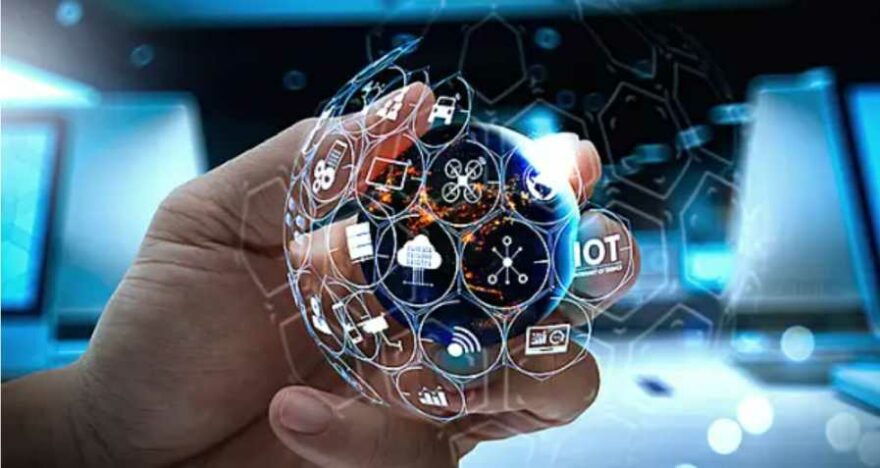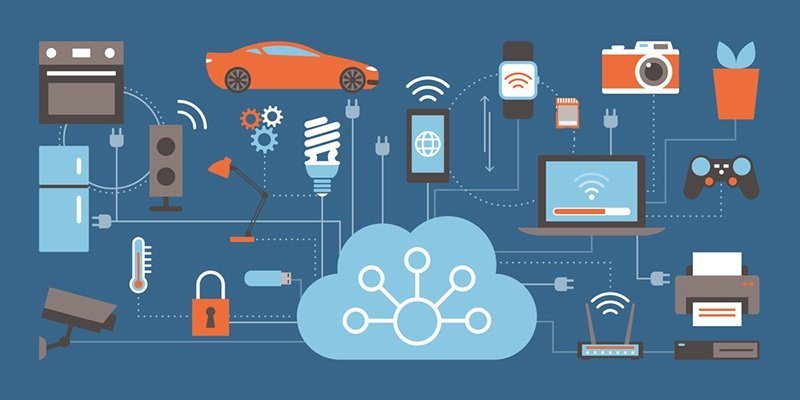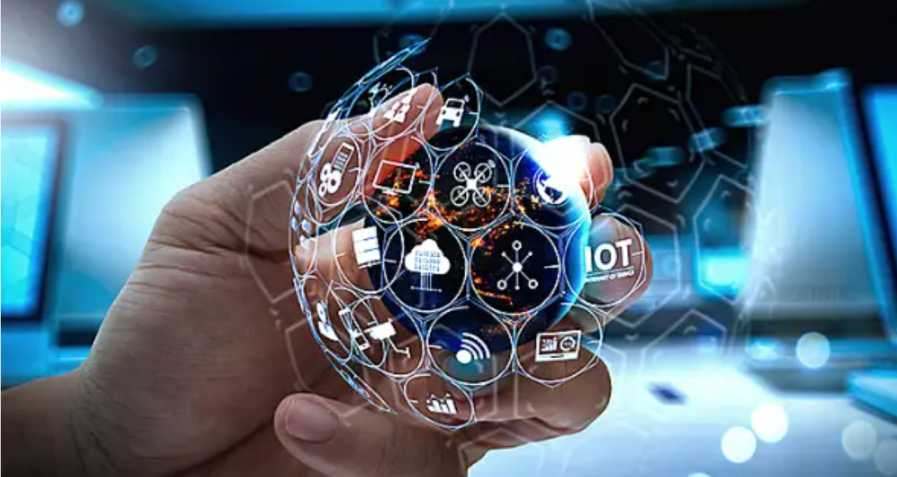The invention of embedded systems changed the course of technological history forever. Everything that we see today is a by-product of this innovative technological evolution. Although they are similar to general-purpose computers, they differ in one significant aspect- performing a specific function. Due to their small sizes, inexpensive costs, and efficiency, they are used almost every day these days.
Embedded systems led to the invention of IoT devices. IoT is one of the most prominent and most promising aspects of today’s technological advances. Well, if you don’t know what IoT is, it can be defined as the interconnection of all the internet-enabled devices in the world. It is an enormously huge network of all the ‘things’ around the globe. These ‘things’ include sensors, internet-enabled smartphones, internet-enabled computers, etc.
It has broadly helped online marketers and created more room for innovation in home automation, smart cities, retail, marketing, blockchain etc. There is a massive quantity of information exchange between the IoT devices daily, which is used to study patterns, predict trends, etc. Apart from predictive analysis and data tracking, it has helped save a tremendous amount of time by making things quicker.
How IoT is Contributing to Sustainable Development
The Internet of Things has also let researchers make numerous technological advancements in environmental sustainability. IoT has enabled organizations to set, track and achieve environmental goals in a wide range of environment-related areas including water conservation, energy conservation, sustainable agriculture, pollution abatement etc.
Read on to know how IoT is making a significant contribution to sustainable development:
1. Agriculture
In agriculture, IoT is predominantly used in irrigation. Smart irrigation systems can enhance crop production without wasting a lot of water. They use IoT devices with soil humidity sensors to check its dampness. They also track the dampness of the soil on a database or in the cloud, where the stored information can be examined to formulate watering timetables.
In greenhouses, the climatological conditions are also monitored to supply the best conditions for nurturing plants. The temperature, humidity, soil humidity, light, and carbon dioxide levels are monitored using sensors. The data acquired from sensors is stored on databases, where it is examined to design control strategies.
2. Air Pollution Tracking
IoT-based air pollution examining apparatuses are able to track the discharge of lethal gases like carbon dioxide, carbon monoxide, etc. The acquired information is studied to make informed decisions on pollution control approaches.
For instance, some buildings’ sensors monitor the C02 emissions and reduce them when they exceed some range. They also identify the presence of some poisonous gases like carbon monoxide and take actions to improve the air quality inside the building.
3. Aquatic sustainability
The overexploitation of marine organisms is endangering many fish species, causing a severe problem concerning the aquatic fauna.
A tracking system known as ThisFish has collaborated with the regional bodies to detect fish and trace them back to the fisherman that caught it, using GPS and toll data. This way, unethical practices can be prevented among the fishermen.
4. Monitoring water quality
Sensors are kept in water reservoirs, all of which are interconnected; this way, water quality can be monitored regularly. Floods and other such natural calamities can also be seen beforehand so that the government can prevent loss of life.
5. Wildlife protection
IoT is also used for the maintenance of and preservation of livestock and the quality of wildlife. Some IoT devices also monitor bird migrations and study their patterns to predict their movements. Overall, this helps in saving the fauna in case of natural calamities.
6. Fuel savings
In fact, nowadays, IoT systems help trucks and vehicles reduce fuel consumption by finding parking areas for them. It is also helpful for monitoring the temperatures of perishable goods transported over long distances.
Final Words
So, it wouldn’t be factually inaccurate to say that the latest IoT trends are paving the way for modern ways of sustainable development and holds an optimistic future for the same.
Recommended Reading: Effective Strategies for Data Quality Management



8 thoughts on “6 Ways IoT Technology is Contributing to Sustainable Development”